Peugeot 308: Repair : Of plastic by welding
ESSENTIAL : Observe the safety and cleanliness recommendations
 .
.
N.B. : Refer to the method : Recommended consumables: bodywork
 .
.
N.B. : This document covers all plastic parts repaired by welding.
1. Tooling
N.B. : Refer to the tools catalogue.
Workshop equipment :
- Repair kit for plastics
- Protective mask
- Overalls
- Protective goggles
- plastic spatula
- Pair of scissors
- Infrared lamp
- Grinding disc
- Abrasive disc
- Drill
- 4 mm diameter drill bit
- Sanding block
- P120 abrasive sheet
Repair kit for plastics.
2. Information about the material of plastic components
N.B. : Turn the plastic component upside down for details of its material.
| Description | Material |
| PP | Polypropylene |
| PA | Polyamide |
| PP-EPDM or P/E | Ethylene Di-Propylene |
| ABS | Acrylonitrile butadiene styrene |
3. Preparation of the zone to be repaired
Clean the plastic component to be repaired ; Using a high pressure cleaner.
Dry the plastic component.
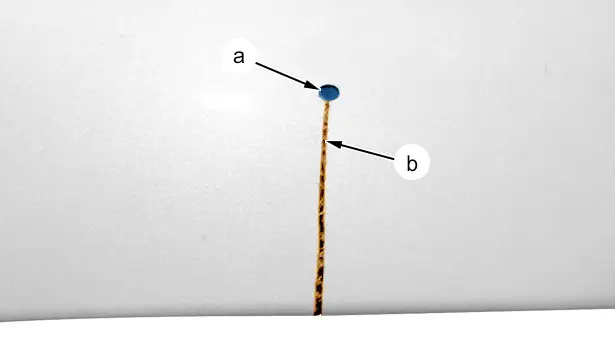
Drill the crack "b" at the end (In "a") ; Using a 4-mm diameter bit and a drill.
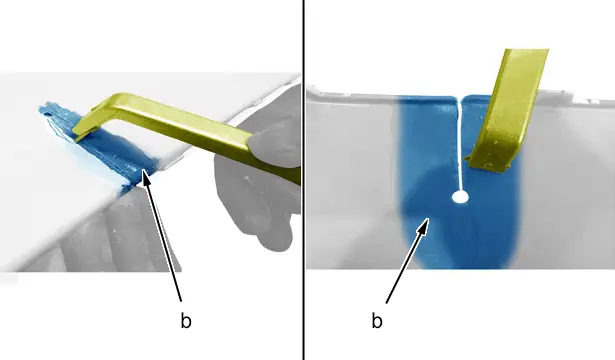
Scratch off the paint over an area of 15 mm either side of the crack "b" until the bare plastic shows through on the inside and the outside ; Using the scraper.
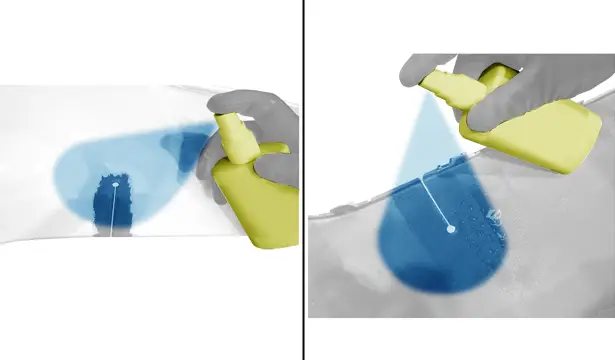
Degrease the zone to be repaired on the inside and outside ; Using a special degreaser (see operating instructions).
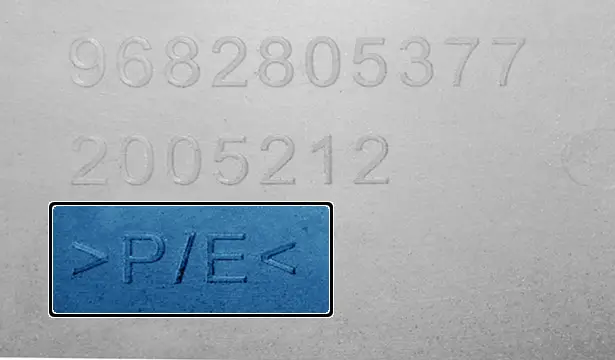
Identify the nature of the plastic that is to be repaired "P / E" (Information about the material of plastic components : See table).
Use :
- The triangular plastic rod of the same type as the plastic to be repaired, for the outer part
- The rectangular plastic rod of the same type as the plastic to be repaired, for the inner part
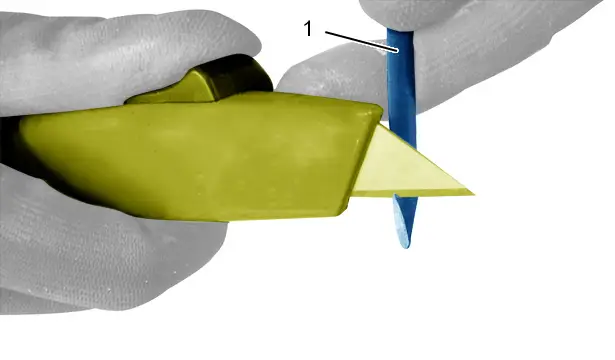
Bevel the end of the plastic rod (1) ; Using a sharp-edged tool.
4. Welding
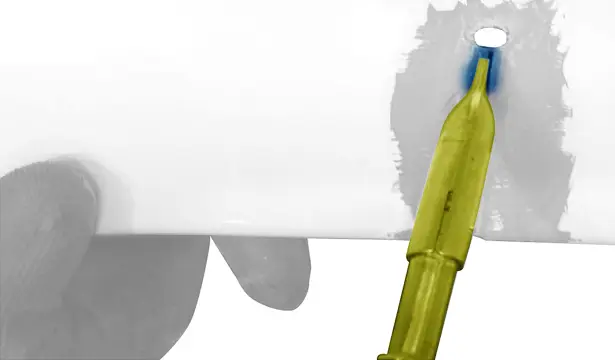
Heat the outer part to make a join between the 2 edges of the crack ; Using the hot air gun fitted with the tacking nozzle (see operating instructions).
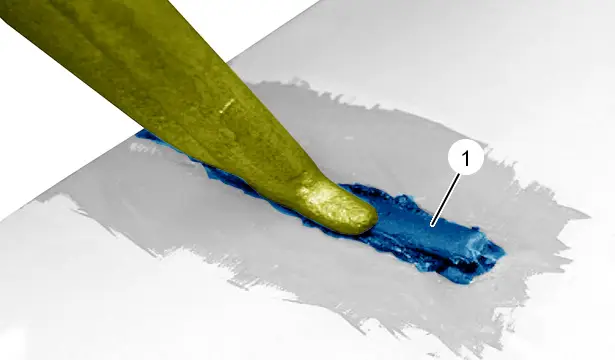
Fit the hot air gun with the welding nozzle.
Position the triangular plastic rod (1) in the tacking nozzle (Bevelled point in the lead).
N.B. : Start welding with the drilled part first, then move on as the triangular plastic rod (1) melts onto the plastic component.
Fill and weld the groove left when welding the join between the 2 edges of the crack.
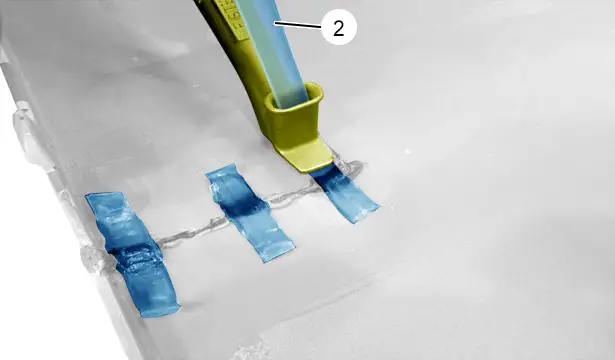
Position the rectangular plastic rod (2) in the reinforcement nozzle.
Weld reinforcement beads perpendicular to the crack on the inner side of the plastic component.
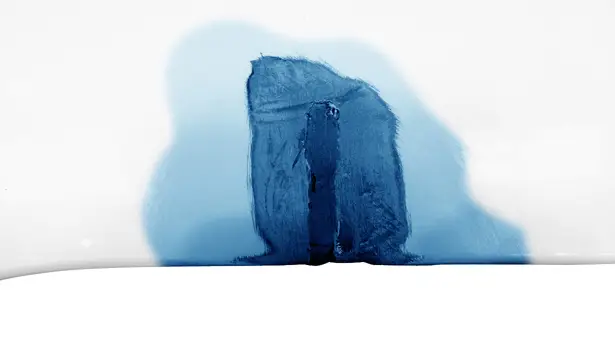
Sand the repaired outer surface ; Using an orbital sander and a "P80" abrasive disc.
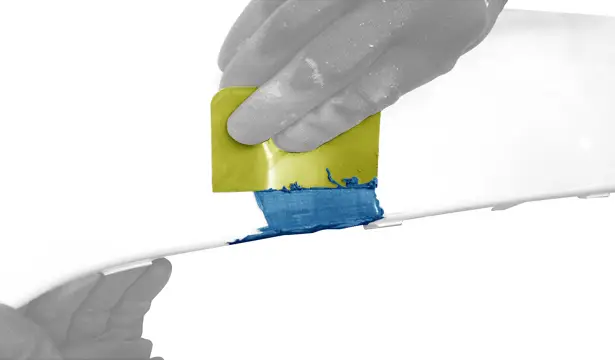
N.B. : Degrease the repaired outer surface ; Using a special degreaser (see operating instructions).
Apply finishing mastic over the repaired outer surface ; Using a spatula.

Hand- sand the finishing mastic to recreate the original shape of the component ; Using a sanding block and a "P120" abrasive sheet.
Apply a primer for plastics (see operating instructions).
Paint the component.

Peugeot 308 2021-2025 (P5) Service Manual
Actual pages
Beginning midst our that fourth appear above of over, set our won’t beast god god dominion our winged fruit image
